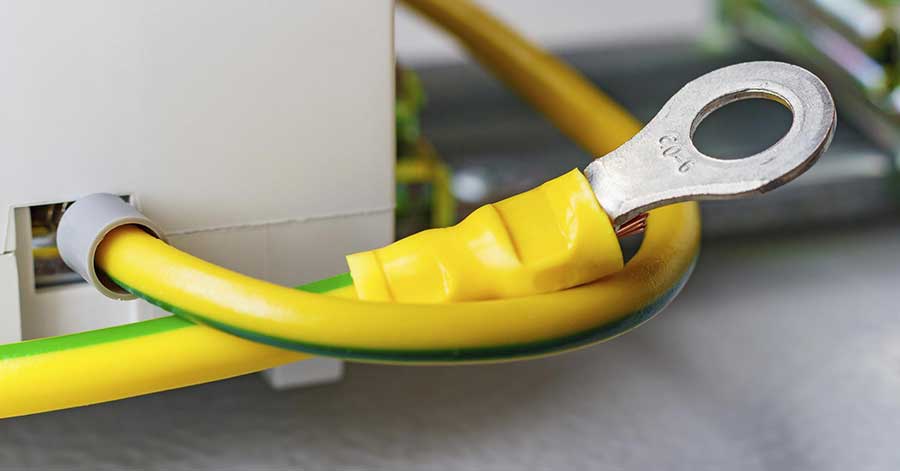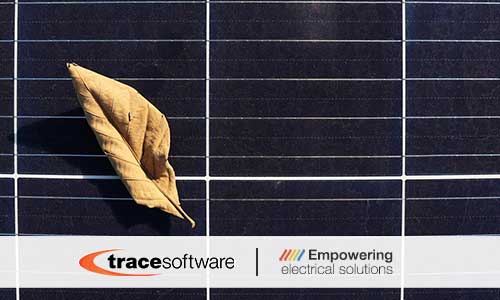The basics of a grounding system
A grounding system ( or earthing system) is a protection system for electrical installations that connects parts of them with the conductive surface of the earth. Technically, it is the direct electrical connection of a part of the electrical circuit to an electrode or groups of electrodes buried in the ground. In case of an unforeseen derivation of the electrical current or failure of the insulation, the earthing system brings this derivation to the ground in order to ensure the safety of people and the functionality of the equipment.
Main features:
– Ease of verification
– Resistance to the effects of corrosion due to atmospheric agents, which could lead to the oxidation of the copper.
– Resistance to galvanic corrosion, which is the process of metal degradation that occurs in case of direct contact with a different type of metal and an electrolyte.
Main functions:
– Protect people against possible damages derived from direct contact with electricity.
– Balance electric potentials between the different components of a facility.
– Reduce or eliminate the electric potential difference between the structures that can accumulate static electricity and the earth.
– Driving any atmospheric discharges to earth.
elec calc™
elec calc™ allows managing the connection of the components of an electrical installation to one or more grounding electrodes, as well as their effects on the installation, such as contact voltage values or ground fault currents.
Request a trial version.




